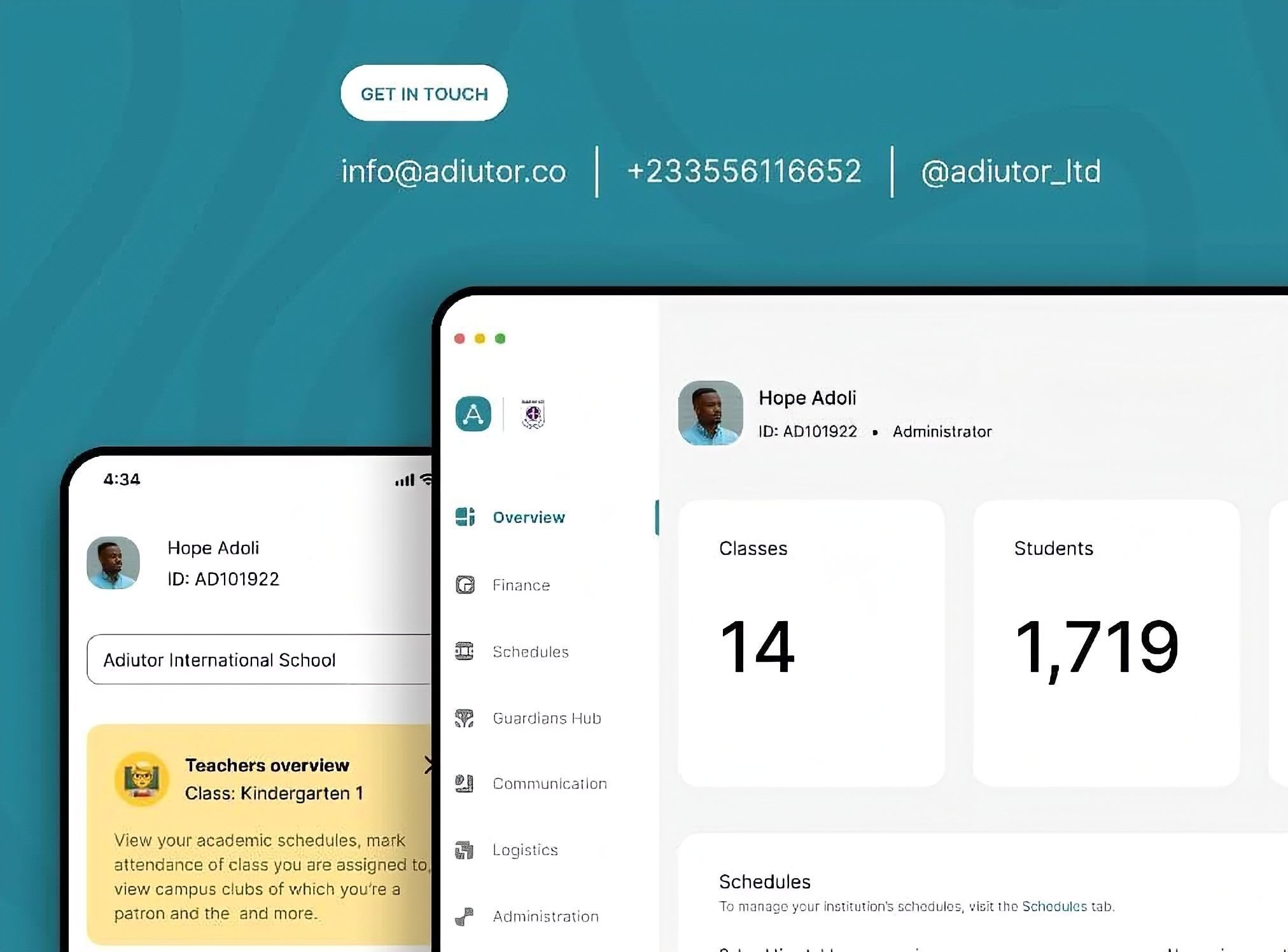Instructional Leadership and Teacher Professional Development

Instructional leadership refers to the intentional actions taken by school leaders, including principals, department heads, and instructional coaches, to support and enhance teaching and learning. This encompasses setting clear learning goals, aligning curriculum and instruction, using data to inform decisions, and fostering a culture where professional learning is continuous and collaborative. In simple terms, it is a proactive, sustained effort to guide teaching in ways that directly benefit students.
Most leadership models in education involve overseeing operations, managing staff, and ensuring the school runs smoothly. These are also important functions, but instructional leadership is distinct in one key way: its central focus is on improving teaching and learning.
- Student Learning Is the Core Purpose
Unlike administrative leadership (which focuses on logistics, compliance, and operations), instructional leadership places student achievement at the heart of every decision. The leader's primary role is to ensure that what happens in the classroom leads to better learning outcomes. - Direct Engagement with Teaching Practice
Instructional leaders actively participate in instructional processes. They observe classrooms, give feedback, lead professional development, and collaborate with teachers on curriculum and assessment. - Strategic Professional Development
Instructional leadership uses teachers' professional development as a tool to build teacher capacity over time. Leaders align professional development with school goals, use data to inform it, and follow up with coaching and reflection. - Data-Informed and Practice-Oriented
Instructional leaders collect data, analyze it with teachers, use it to diagnose student learning needs, and adapt instruction accordingly. This is different from organizational leadership, which might use data primarily for reporting or evaluation purposes. - Cultural Influence
Instructional leaders shape the professional culture of a school. They foster collaboration, encourage reflective practice, and create an environment where ongoing learning is expected. Transformational or charismatic leaders might inspire, but they don’t always provide the instructional focus and structure needed for lasting academic improvement.
While principals are often viewed as the main instructional leaders, teacher leaders and other staff also play key roles.
Connecting the Dots: How Instructional Leadership Ongoing Professional Development Work Together
To really understand the power of instructional leadership, we need to look at how it actively shapes and sustains meaningful professional development. These two ideas are not just related, they're interdependent. Instructional leadership sets the direction, while ongoing professional development provides the momentum and tools to move in that direction.
One of the main responsibilities of an instructional leader is to clarify what high-quality teaching looks like in their specific context. This isn’t just about setting abstract standards, it’s about co-defining what effective practice means for that school, that department, and that group of students. Once that vision is shared, professional development becomes a means to achieve it.
Take, for example, a school that wants to improve student engagement in reading across all grade levels. An instructional leader might begin by working with staff to analyze student data and identify gaps. From there, they might organize job-embedded professional development sessions focused on specific instructional strategies like close reading, guided discussion, or formative assessment in literacy. Coaching cycles, model lessons, and collaborative planning sessions follow. Over time, this professional development evolves to align closely with student needs and areas where teachers need to grow, all because leadership identified and made that connection early in the process.
Instructional leaders also create feedback loops that make teachers' development more impactful. They observe lessons, provide targeted input, and follow up to see how new strategies are being implemented and refined. This kind of follow-through builds accountability and also reinforces a growth mindset. It sends the message that professional learning is not about compliance but evolving practice in service of student learning.
There’s also the culture piece. A school may have great training opportunities on paper, but very little will stick unless the culture supports openness, risk-taking, and collaboration. Instructional leaders play a crucial role here; they model curiosity, encourage reflection, and celebrate incremental improvements. They create time and space for professional learning within the school day, signaling that it’s not optional or extra, but foundational.
Teachers are busy, and instructional time is precious. When professional development feels fragmented or irrelevant, it’s quickly deprioritized. Instructional leadership helps maintain coherence by ensuring that what’s being taught in sessions for professional development is aligned with what’s expected in the classroom, measured in evaluations, and supported in team discussions. This consistency reduces cognitive overload for teachers and makes school-wide improvement more manageable.

Adiutor
Adiutor means "helper" - we do just that, by taking a load of your school administration and helping you focus on what matters most: the kids.
REFERENCES
Çınar, İ. (2023). The effect of instructional leadership on the professional development of teachers: The mediating role of teacher leadership. Educational Management: Theory and Practice.
Hallinger, P. (2020). Bringing context out of the shadows of leadership. Educational Management Administration & Leadership.
Ngang, T. K., & Sia, C. L. (2018). Teacher leadership and school principal leadership style in Malaysia. International Journal of Educational Management.
Dee, J. R., & Henkin, A. B. (2001). Teacher empowerment, school community, and instructional climate: Testing a model using a school-level data set. Journal of Educational Administration.
O’Doherty, A., & Ovando, M. N. (2013). Developing leadership capacity in principals through collaboration. International Journal of Educational Leadership Preparation.
